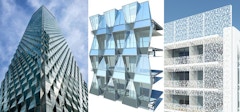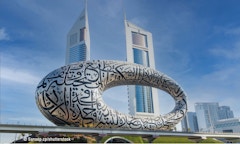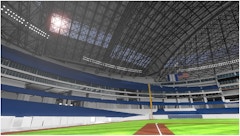Contextualizing Glass and Carbon Impacts
Climate change goals will require significant improvements in the way buildings are constructed and operated. Building reuse can combat climate
Climate change goals will require significant improvements in the way buildings are constructed and operated. Building reuse can combat climate


Dr. Helen Sanders adds context to the Simulation vs. Reality dialogue.


The ANFA Conference will explore, from a scientific basis, the range of human experiences that occur in context with elements of architecture, both exterior and interior.

This paper examines two profoundly different design approaches: one, herein called ‘autonomous’, where the building’s design is governed by internal

Facade design is a key component of architectural expression, and increasingly a key design consideration due to growing importance of factors like:

The PowerSkin Conference aims to address the role of building skins to accomplish a carbon neutral building stock.


The NEXT Partners, together with DBZ DEUTSCHE BAUZEITSCHRIFT as media partner, cordially invite you to the 2nd International NEXT Façade Summit on March 25, 2021 as a livestream event.

The pathway to carbon-neutrality, as urged during the COP 21 in Paris, and the repeated goal for resilient buildings and urban habitats, winds right

The paper will try to study the impact of window opening on waiting room experience of patients in an eye hospital along with their attendants. As

Today’s environmental challenges highlight the necessity of a holistic approach to façade design and construction, key to achieve the ambitious 2030



Daylighting is often an important component of architectural design and heavily influenced by a building’s facade and enclosure systems. Unlike many

What does the fourth industrial revolution mean to the design and engineering of facades of the future? We are experiencing a global technological